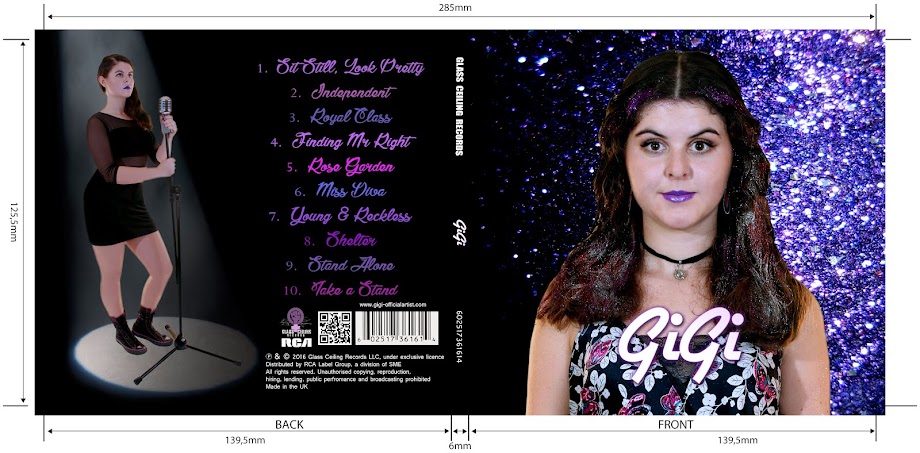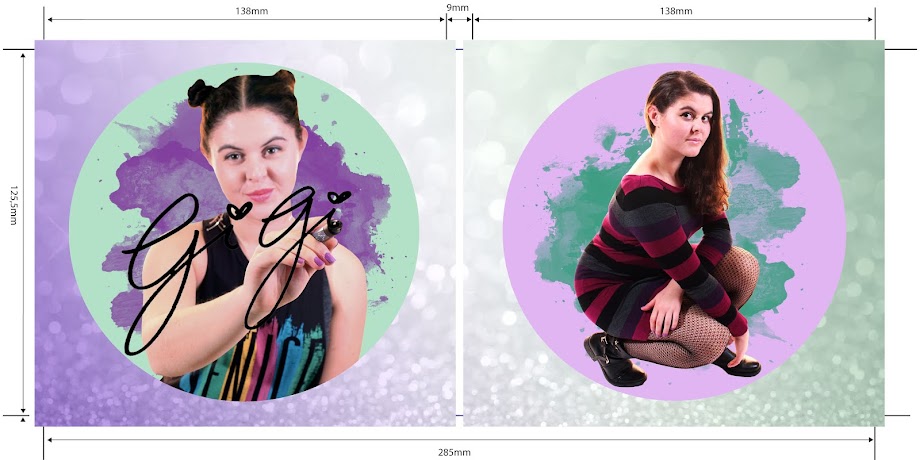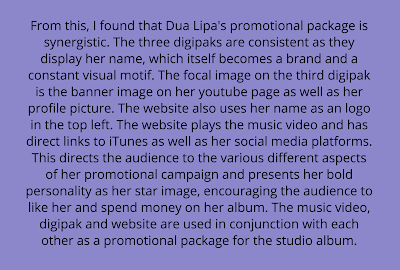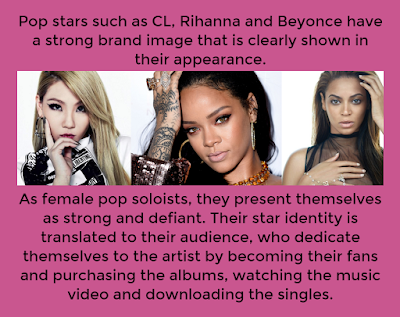Promotional package case studies
There were many marketing campaigns that influenced my decisions. Two of which I have explored in detail.
Dua Lipa
Dua Lipa is an emerging British soloist within the synth and synth pop genre. I was particularly inspired by her marketing campaign for her debut, self-titled, studio album and found my investigation extremely useful to our promotional package for GiGi.
Below, I have created an overview of Dua Lipa's promotion for her album which is set to be released on 10th February 2017.
Meghan Trainor
Similarly, Meghan Trainor's promotion for her debut major-label studio album, Title, was prevalent to our campaign for GiGi. Meghan Trainor is a popular Amerian bubblegum-pop and doo wop artist. In conjunction with her single and music video releases, she also went on tour to support the album. She announced the All That Bass tour on 3rd November, 2014 and started on 11th February, 2015.
I have created a timeline of the important events during her promotions for the album:
Application to GiGi - my synergistic campaign
My main product - the music video - and the ancillary texts - the website and digipak - are designed to promote different products. The music video promotes the single, the digipak promotes the album and the website is the hub of the campaign; directing the user to various media platforms in order to further promote the artist.
However, the three media artefacts must work together to form a synergistic campaign. Similar to Dua Lipa and Meghan Trainor's marketing campaign, I want to be consistent across my music video, digipak and website.
Marketing mix
From my research, I learnt that a successful marketing campaign reaches and appeals to the target audience. The campaign consists of various connected online and traditional promotional strategies in order to raise awareness of the artist and the product so that the audiences spend money on the product.
I used the marketing mix theory when formulating my own marketing campaign:
As a result of this, we felt that it was important to get GiGi's image across clearly to our target audience in order for them to understand what she stands for and what kind of artist she is. In order for me to do this, I looked into Richard Dyer's Star Theory and applied it to GiGi.
Richard Dyer's Star Theory
Richard Dyer stated that celebrities are a construction and are not real people. He believes that stars are manufactured by institutions for financial gain.
His theory can be split into three sections:
1. Audiences and Institutions
2. Ideology and culture
3. Character and personality
I have created a presentation, applying Richard Dyer's Star Theory to our artist GiGi, which you can view below. Click the button in the bottom right to enlarge and use the arrow to go through the slides.

In accordance with Richard Dyer's theory that suggests that the artist must have individual characteristics, I have created this wordcloud to represent the construction of our artist.
I have also decided to produce a more interactive wordcloud. When you hover over the word, it will highlight itself.
From these wordclouds, you can see that I have made feminism a large aspect of the construction of GiGi as a brand image. This is largely due to the fact that it separates her from other existing artists in the pop industry and it makes her stand out in the solo female market. In addition to this, being a pop star and a role model for fellow teenagers contributes to Gigi's image as a trustworthy icon for her target audience.
Conclusion
Overall, I believe that the combination of my main product and ancillary texts effectively encourage the target audience to invest in the artist's album and single. We have successfully created a synergistic marketing campaign that promotes GiGi's star personality using Richard Dyer's theory.











No comments:
Post a Comment